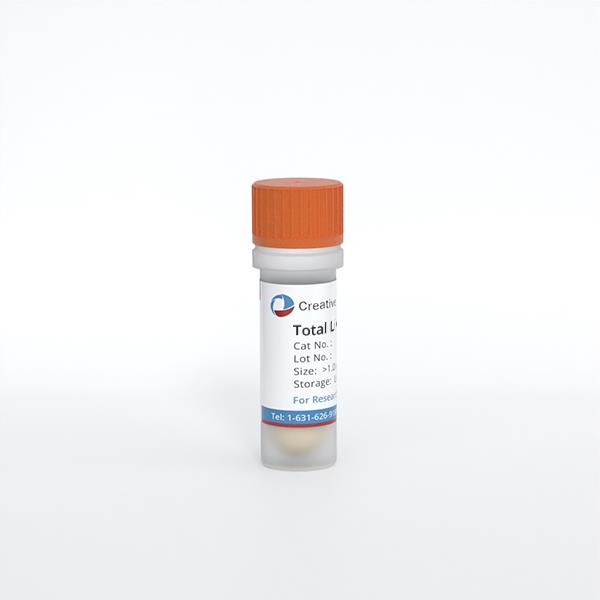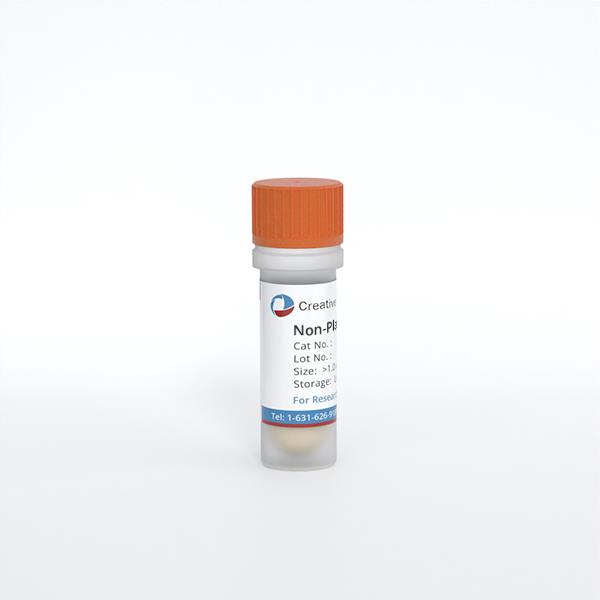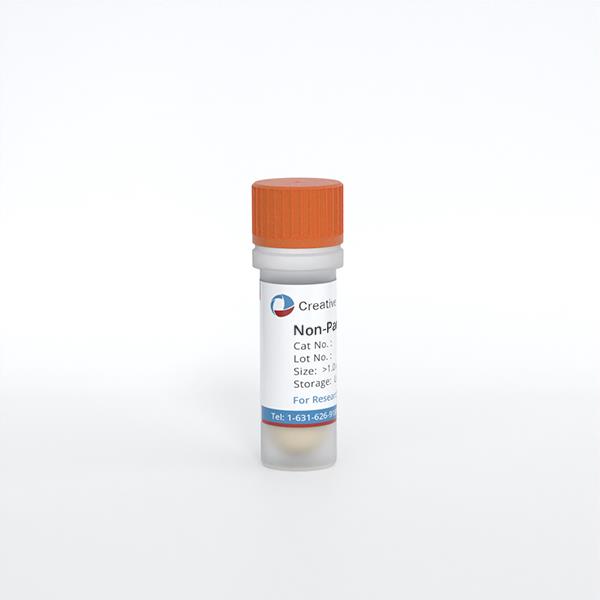Featured Products
Hot Products
ONLINE INQUIRY

Human Liver Sinusoidal Microvascular Endothelial Cells
Cat.No.: CSC-C4863L
Species: Human
Source: Liver
Cell Type: Endothelial Cell; Microvascular Cell
- Specification
- Q & A
- Customer Review
Cat.No.
CSC-C4863L
Description
Human Liver Sinusoidal Endothelial Cells are isolated from human liver tissue.
Species
Human
Source
Liver
Cell Type
Endothelial Cell; Microvascular Cell
Disease
Normal
Quality Control
Human Liver Sinusoidal Endothelial Cells display typical cobblestone with large dark nuclei appearance under light microscopy. Cells are tested for expression of endothelial cell marker using antibody, CD31 or VE-Cadherin by immunofluorescence staining or FACS. All cells test negative for mycoplasma, bacteria, yeast, and fungi. HIV-1, hepatitis B and hepatitis C are not detected for all donors and/or cell lots. Cells can be expanded for 3-5 passages under the cell culture conditions specified by Creative Bioarray. Repeated freezing and thawing of cells is not recommended.
Storage and Shipping
Creative Bioarray ships frozen cells on dry ice. On receipt, immediately transfer frozen cells to liquid nitrogen (-180 °C) until ready for experimental use.
Never can cryopreserved cells be kept at -20 °C.
Never can cryopreserved cells be kept at -20 °C.
Citation Guidance
If you use this products in your scientific publication, it should be cited in the publication as: Creative Bioarray cat no. If your paper has been published, please click here to submit the PubMed ID of your paper to get a coupon.
Ask a Question
Write your own review
Related Products






